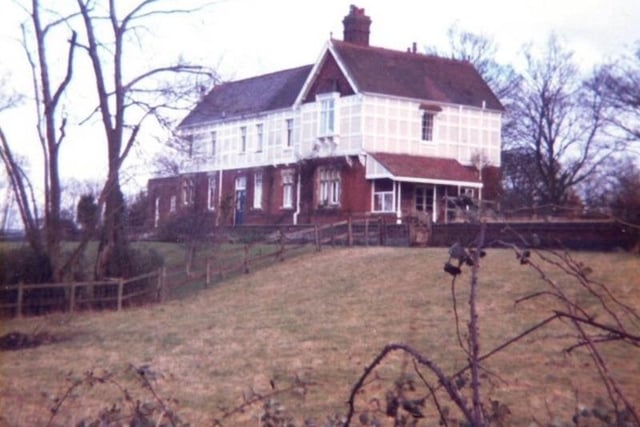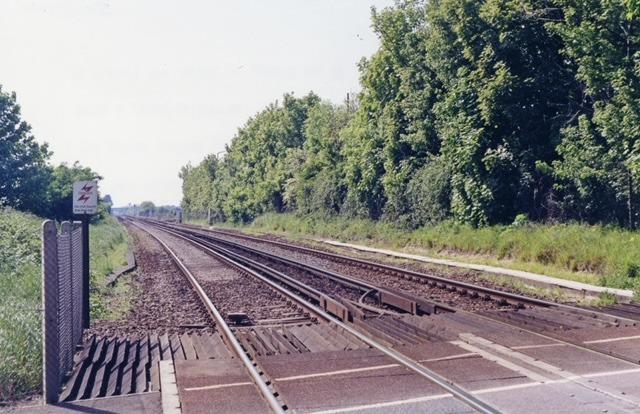Some beautiful looking stations have been rep-purposed as shops or homes, some are abandoned and derelict and the sites of others remain only as a patch of countryside where you would never know that a station existed. In some cases whole lines, such as Three Bridges to Tunbridge Wells and the Adur Valley line have disappeared.
Britain’s railways came as a result of the industrial revolution and helped to create the wealth of the country. The first steam railway locomotive which was introduced by Richard Trevithick in 1804.
During the 1960’s, the increasing number of motor cars saw people looking toward the roads rather than the railway. A landmark report by then head of British Rail, Richard Beeching, led to the closure of many stations and whole branch lines in the 60s. Many architectural treasures, and the memories they contained, have been lost forever.
Have you read? Take a look inside this Grade 2 listed Georgian mansion for sale in a small Sussex village
Have you read? Lost East Sussex railway stations: 23 pictures of East Sussex railway stations that have now vanished

1. Bramber railway station
Bramber was a railway station on the Steyning Line which opened in 1861 and served the village of Bramber. The station was patronised by tourists visiting nearby Bramber Castle, Potter's Museum and the village. In order to accommodate the special excursion trains the station platforms were extra long. The railway closed in 1966. Nothing remains of the station today, which now forms part of a traffic roundabout Photo: supplied

2. Ardingly railway station
Ardingly was a railway station which served the West Sussex village of Ardingly in England. It was opened on 3 September 1883 by the London, Brighton and South Coast Railway (LBSCR) and closed in 1963. he Bluebell Railway owns the trackbed from just east of the station to Horsted Keynes and has long-term plans to rebuild the line. Camping coaches were stationed at Ardingly from Summer 1930 until the end of the war, an acknowledgment of Ardingly's popularity amongst ramblers who were ferried to and from the station in special trains. Photo: supplied

3. Cocking railway station
Cocking Railway Station served the village of Cocking in West Sussex, England. It was on the former London Brighton and South Coast Railway line between Chichester and Midhurst. The station opened on 11 July 1881, but the traffic hoped for never really materialised. The station lost its passenger services on 6 July 1935, although freight continued. Services between Cocking and Midhurst were stopped completely by a washout of an embankment in November 1951, and Cocking became the terminus of the line from Chichester, until 28 August 1953 when it was completely closed. The station is now used as a private home. Photo: supplied

4. Drayton railway station
Drayton railway station co-served the city of Chichester, West Sussex, England, from 1846 to 1963 on the Brighton and Chichester Railway. The station was opened on 8 June 1846 by the London, Brighton and South Coast Railway. It closed to passengers on 1 June 1930 and closed to goods on 9 September 1963. The picture shows the site of the station Photo: supplied